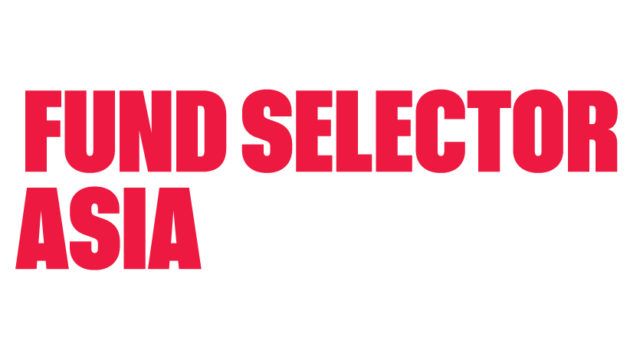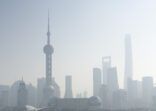The $27bn total Asia outbound investment was up nearly 50% from the $19bn in H1 2015.
Chinese investors accounted for $16bn of the outbound capital, more than double than that of the $7.3bn in H1 2015, the firm said.
Mainland insurance firms accounted for half the total, followed by conglomerates (23%), developers (10%) and sovereign wealth funds (9%).
“Concerns over the market slowdown in their home market have led Chinese investors to seek a safer investment environment which offers higher potential returns,” said Ada Choi, senior director of research.
“Chinese insurance investors led outbound investment among the different investor types as they increasingly seek to diversify their overseas portfolios. Conglomerates and sovereign wealth funds also remain active and play a significant role in outbound investment since there is a huge supply of investible capital in China.”
In terms of Asia-wide outbound property investment, the US remained the favored region with 52% of the overall total and New York has overtaken London as the top destination, the firm said.
The office sector was the most popular for Asian investors, accounting for 47% of overall investment. Hotel properties were the second most-traded asset with 33%.
“Office investment continues to be an easily understood and managed asset class for most investors,” said Marc Giuffrida, executive director of CBRE Global Capital Markets.
“However, as cap rates continue to compress globally, investors are starting to seek out higher yielding opportunities in secondary locations or ‘alternative’ real estate sectors, such as student housing.
“It’s interesting to see the year’s top outbound deals so far have included student housing acquisitions in the UK and US.”
The mutual fund property sector has also done well. According to data from FE, 31 of the 33 property funds available for sale in Hong Kong beat their own benchmarks on a three-year cumulative basis.

















